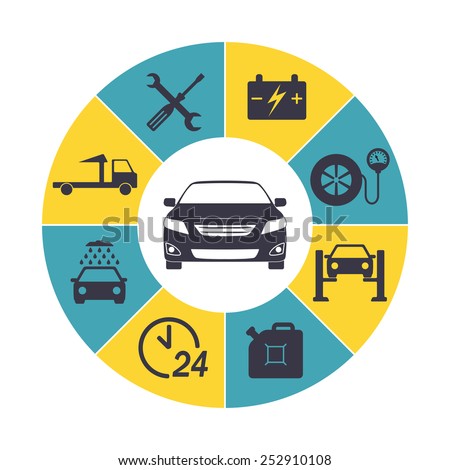Interpreting Your Auto'S Alert Lights: Their Real Effects
Interpreting Your Auto'S Alert Lights: Their Real Effects
Blog Article
Created By-Higgins Winters
When you're behind the wheel, those beautiful warning lights on your control panel can be a little bit difficult. Do you understand what they're attempting to inform you about your car's wellness? Understanding https://brake-change-cost39406.blog2freedom.com/29961380/master-the-art-of-transforming-your-car-s-look-in-under-an-hour-with-beginner-friendly-ideas-that-will-certainly-leave-you-surprised-your-fast-cars-and-truck-describing-remedy-waits-for of these lights is vital for your safety and the longevity of your automobile. So, the next time one of those lights appears, wouldn't you wish to understand its message properly and take the needed actions to resolve it?
Common Caution Lighting and Interpretations
Recognize usual caution lights in your automobile and understand their significances to ensure secure driving.
Read the Full Document of the most typical caution lights consist of the check engine light, which indicates problems with the engine or exhausts system. If this light comes on, it's important to have your automobile checked quickly.
The oil pressure warning light shows low oil stress, requiring immediate attention to stop engine damage.
A blinking battery light may recommend a damaged charging system, possibly leaving you stranded if not addressed.
The tire stress surveillance system (TPMS) light notifies you to low tire pressure, influencing automobile stability and gas performance. Ignoring this can bring about hazardous driving problems.
The abdominal light indicates a trouble with the anti-lock stopping system, endangering your ability to quit rapidly in emergencies.
https://turnto10.com/i-team/consumer-advocate/will-new-rhode-island-auto-parts-bill-protect-consumers-or-create-new-costs but not least, the coolant temperature warning light warns of engine overheating, which can cause severe damage otherwise solved swiftly.
Comprehending these typical caution lights will help you deal with problems immediately and maintain secure driving conditions.
Value of Prompt Focus
Recognizing the common warning lights in your cars and truck is only the primary step; the importance of immediately dealing with these warnings can not be stressed enough to guarantee your security when traveling.
When a warning light illuminates on your control panel, it's your automobile's method of interacting a possible issue that needs attention. Disregarding these warnings can result in a lot more severe issues in the future, compromising your safety and possibly costing you much more in repairs.
Motivate interest to warning lights can prevent breakdowns and mishaps. For example, a flashing check engine light could indicate a misfire that, if left neglected, might trigger damages to the catalytic converter. Resolving this immediately can conserve you from a pricey fixing.
Similarly, a brake system alerting light may indicate reduced brake fluid or worn brake pads, crucial parts for your safety and security when driving.
Do It Yourself Troubleshooting Tips
If you see a warning light on your dashboard, there are a couple of do it yourself repairing ideas you can try before seeking specialist assistance.
The first step is to consult your auto's manual to comprehend what the certain caution light indicates. Sometimes the concern can be as simple as a loosened gas cap triggering the check engine light. Tightening up the gas cap may settle the trouble.
One more usual concern is a low battery, which can cause numerous advising lights. Examining https://claytonkbsja.ja-blog.com/30000516/just-how-to-detail-a-car-in-under-an-hour-a-beginner-s-quick-overview for deterioration and guaranteeing they're secure could take care of the issue.
If a warning light continues, you can try resetting it by disconnecting the vehicle's battery for a couple of minutes and afterwards reconnecting it. In addition, checking your vehicle's fluid degrees, such as oil, coolant, and brake fluid, can help repair warning lights associated with these systems.
Final thought
In conclusion, recognizing your vehicle's caution lights is important for maintaining your lorry running smoothly and securely. By without delay addressing these signals and knowing what they mean, you can stay clear of costly fixings and prospective breakdowns.
Keep in mind to consult your car's manual for particular information on each alerting light and act as necessary to guarantee a trouble-free driving experience.
Stay informed, stay risk-free when driving!
